Everest Base Camp Trek: 16 Days of Raw Himalayan Adventure
So here’s the deal: the Everest Base Camp trek in Nepal? It’s not just some bucket list line item you tick off with a selfie at 5,364 meters and call it a day. Nah, this is a 16-day trekking adventure through the legendary Khumbu region, where your lungs will scream, your legs will curse you, and your soul will quietly explode (in a good way). We’re talking high-altitude trails, swinging suspension bridges, Sherpa villages that feel frozen in time, and plate after plate of dal bhat power 24-hour. You’ll sleep in gritty little teahouses, hike past ancient mani stones and yaks with attitude, and wake up to Everest literally staring you down. This is trekking in Nepal at its most raw and real. And yeah, it’s tough. But if you’re chasing something that punches harder than an Instagram reel—this 16-day Everest Base Camp itinerary delivers. Big time.
You want the truth? The Everest Base Camp trek is equal parts majestic and merciless. One day you’re hiking through dense pine forests around Phakding, thinking, “hey, this ain’t so bad,” and the next you’re gasping your way up to Namche Bazaar like your lungs forgot how to lung. The altitude kicks in quick—you’re hitting 3,440 meters by day two and by the time you stumble into Gorakshep (5,164m), it’s like walking on the moon but colder and with more yaks. But oh man, the mountain views? Unreal. Ama Dablam steals the show, Everest plays hard to get, and Kalapatthar at sunrise? Just—chills. Literal and emotional. The trail’s a mix of rocky climbs, glacial valleys, prayer flags, and that constant soundtrack of crunching boots and wind howling through chortens. And yeah, it messes with your head—in the best way. One second you’re dying on an uphill switchback, next second you’re crying because a random Sherpa kid offered you a smile. Classic Himalayan emotional whiplash. This is the Everest trail experience, raw and wild and absolutely worth every blister.
From Rhododendrons to Rock Zones: Flora & Fauna of the EBC Trek
Alright, nature nerds, buckle up—’cause the Everest Base Camp trek isn’t just rocks and snow. It’s a full-on crash course in eco-diversity on steroids. First few days? You’re trekking through lush pine and rhododendron forests around Phakding and Namche, where the air smells like straight-up nature therapy. Rhododendrons pop off in spring—red, pink, like the Himalayas hired a florist. And yeah, you might spot Himalayan monals (Nepal’s national bird, lookin’ all fabulous like it owns the trail) or the occasional musk deer disappearing into the trees like a ghost.
But it changes fast. By the time you hit Tengboche, boom—you’re in alpine zone territory. Trees start dipping out, replaced by juniper shrubs, icy winds, and rocks that look like they haven’t moved since Buddha was in diapers. Above Dingboche and Lobuche? Welcome to the high-altitude desert zone, where even plants are like, “Nah, bro, too cold.” But you’ll still see crazy-tough moss, lichen, and those yellow alpine flowers clinging on like champs.
Fauna? Besides the yaks (who 100% have attitude issues), keep an eye out for snow pigeons, Himalayan tahrs, and, if you’ve got mountain karma, maybe even the elusive snow leopard—though let’s be real, you probably won’t. Still, just knowing one might be watching you while you’re struggling up a ridge? Wild.
Point is: this trail is a living documentary. You’re walking through vegetation zones that shift with every step, and it hits different when you realize how alive even the harshest parts of the Himalayas are.
(Pro tip: take it slow through the forests. That’s where the magic starts, long before you see Everest.)
Everest Base Camp Trek Route Overview: Major Stops, Altitude Gains & Real Trail Talk
This ain’t your cute little hill walk. The Everest Base Camp Trek kicks off with a scenic flight from Kathmandu to Lukla, aka the “hold-your-breath runway” moment. From there, you’re straight into the Khumbu region, starting the grind at Phakding (2,610m)—don’t let the chill vibes fool you, it’s the calm before the altitude storm. The trail quickly snakes into Namche Bazaar (3,440m), the Sherpa capital where the Wi-Fi’s weak but the views of Thamserku slap. You’ll spend an acclimatization day here—read: pant up a hill to Everest View Hotel, pretend it’s relaxing, and try not to pass out.
From Namche, things get real. You hit Tengboche Monastery, one of the most spiritual and photogenic places on the route, with Ama Dablam flexing hard in the background. Side note: If you skip the evening chanting session, did you even trek? Then it’s up to Dingboche (4,410m), where your nose freezes every time you exhale but the panoramic views of Lhotse, Island Peak, and Taboche make you forget the pain… briefly.
Now comes Lobuche, the dusty outpost at 4,940m where oxygen is a luxury and beds creak like ghost stories. From there, you finally reach Everest Base Camp (5,364m) via Gorakshep—a frozen sandbox of hopes, headaches, and ice walls. Base Camp itself? Honestly, it’s not glamorous. No, Everest doesn’t show off from there, but standing in the middle of that glacier field, surrounded by prayer flags and tents? Feels like you’re part of something ancient and brutal and epic.
Next morning, it’s Kala Patthar time (5,545m), aka the real Everest viewpoint. Get up before sunrise, curse your life choices, and then watch the first light hit Everest’s summit like the Himalayas just turned on god mode. After that emotional uppercut, you descend—Pheriche, Namche, and finally back to Lukla, retracing your steps with a little less swagger and a lot more soul.
🏔️ Top Highlights of the Everest Base Camp Trek: 16 Days of Himalayan Madness
So, you’re signing up for 16 days deep in the wild Khumbu region, hiking from Lukla’s scary little airport right up to the shadow of the world’s tallest freakin’ mountain. This trek? It ain’t no casual stroll. It’s an emotional, physical, soul-crushing rollercoaster that slams altitude, Sherpa vibes, jaw-dropping views, and freezing mornings down on you non-stop. Here’s the straight-up lowdown — the highlights that make the Everest Base Camp trek unforgettable (and yeah, sometimes brutal as hell).
🔥 What You’ll Actually Remember
- The heart-racing flight from Kathmandu to Lukla (2,860m) — tiny runway, giant mountains, and your gut doing backflips. No joke, pray for a smooth landing.
- Walking into Namche Bazaar (3,440m) — Sherpa central where you finally feel the altitude creeping in and the culture hits different. Don’t skip that side trip to Everest View Hotel — the views are worth every damn step.
- The spiritual chaos at Tengboche Monastery (3,870m) — chanting, prayer flags whipping in the wind, and Ama Dablam flexing like the boss mountain it is. Your camera’s gonna sweat.
- The brutal climb to Dingboche (4,410m) — cold as hell, rocky as hell, lungs screaming, but the panoramic views of Lhotse and Island Peak keep dragging you forward. Hate it and love it all at once.
- Lobuche’s dusty, oxygen-thin hell (4,940m) — legs jelly, brain fog, and every breath feels like a challenge. Welcome to high altitude misery.
- Standing at Everest Base Camp (5,364m) — not glamorous, just raw glacier, prayer flags, and that insane feeling like you’re on top of the freakin’ world.
- Sunrise trek to Kala Patthar (5,545m) — the real Everest lookout where the pain hits your soul as much as the freezing cold hits your face.
- Chilling in Gorakshep (5,164m) — last teahouse stop before Base Camp, with sketchy beds but views that slap harder than your tired brain can process.
- Hiking through rhododendron forests and yak pastures — watching the landscape shift from green jungles to barren alpine zones. The Himalayas aren’t just rocks, man. They’re alive.
- Dal Bhat Power 24/7 — that Nepali carb bomb that fuels your legs when you think you can’t go on. You’ll swear at it, then crave it like your life depends on it.
- Sherpa hospitality and culture — these folks ain’t just guides, they’re family out here. Their stories, smiles, and badass mountain wisdom make those altitude headaches kinda worth it.
🌦️ When’s the Best Time to Do the Everest Base Camp Trek? Here’s the Real Deal
Okay, so you wanna know when to hit up Everest Base Camp, huh? Spoiler: it ain’t some simple “go anytime” kinda thing. The mountains do whatever they want — sun, snow, mud, fog, and you gotta roll with it. But lemme break down the seasons so you don’t end up stuck in a monsoon mudslide or freezing your ass off.
Spring (March to May) — The Classic, Crowd-Pleasin’ Season
Spring is like the rockstar of trekking seasons. Rhododendrons start blooming like they’re trying to outshine Everest itself, and the weather finally chills out from winter’s grip. Days get warm-ish (don’t get comfy though — nights are still icy), and the views? Damn clear. You’re gonna see Everest, Lhotse, and Ama Dablam flexing hard.
Heads up: This is also when every other trekker decides to show up, so expect packed trails and teahouses. But hey, the buzz is real, and the energy’s contagious. Plus, animals and birds start waking up after winter, so your nature game’s on point.
Autumn (Late September to November) — The Clear-Sky, View-For-Days Season
If Spring’s the rockstar, Autumn’s the legend. Monsoon rains clear out, leaving the air so crisp it’ll slap you awake every morning. The skies are crazy blue, the mountains pop like 3D models, and the sun hits just right for that perfect photo (if you care about that kinda thing).
The temps are comfy during the day, but nights start getting chilly, especially above 4,000m. Trails are still busy , so book your teahouses early or risk sleeping in a tent with a dozen sweaty hikers.
Winter (December to February) — For the Crazy, Cold-Hearted Few
Winter’s no joke. It’s cold. Like, “why did I sign up for this?” cold. Trails can be icy, snow piles up, and teahouses sometimes close early or don’t open at all. But hey, if you’re after total solitude and killer mountain silence, winter’s your jam.
You gotta pack serious cold weather gear — think gloves, down jackets, thermal everything. And don’t expect to get much sun; days are short and the wind is a relentless jerk.
Monsoon (June to Early September) — The Muddy, Wet, Why-Do-You-Do-This Season
Monsoon trekking on Everest Base Camp? Bruh, unless you’re into slipping on mud, dodging leeches, and soaking your gear every single day, skip it. Trails turn into rivers, visibility tanks, and landslides are a legit threat.
But if you’re weirdly into rain-soaked rhododendrons and near-empty trails, go for it. Just pack a raincoat thicker than your will to survive and embrace the suck.
Pro Tips Before You Pack Your Bags
- Spring and Autumn are where it’s at for solid weather and views. Pick either unless you love freezing or drowning.
- Winter means no crowds, but you gotta be hardcore.
- Monsoon? Only if you wanna test your luck and your boots.
- Altitude sickness doesn’t care what season it is, so take it slow.
- Layer your clothes like an onion, ‘cause temps swing fast.
- Book early in peak seasons unless you want to sleep in a yak shed.
- Nature’s mood changes with the seasons — spring rhododendrons, autumn meadows, winter barrenness.
- The biggest wildcard? Weather and visibility. Everest might just ghost you behind clouds.
🍲 Where Do You Eat & Crash on the Everest Base Camp Trek?
First off—don’t expect five-star hotels or gourmet meals here. You’re trekking through the Khumbu, sleeping in teahouses that range from “barely-there” to “actually kinda cozy.” Food? Mostly simple, carb-heavy, and sometimes questionable, but it fuels your bones to keep crushing those trails. So here’s the lowdown on what you’ll find when it comes to teahouse trekking Nepal style, and what your stomach and body will go through.
Teahouse Lodging — Your Home Away From Kathmandu
On the Everest Base Camp trek, you’ll mostly crash in teahouses—think guesthouses run by locals that offer a bed, sometimes a heater (if you’re lucky), and a shared bathroom that’s… well, let’s just say “rustic.”
- Lodges get spartan the higher you go. In places like Namche Bazaar (3,440m) and Tengboche (3,870m), expect wooden floors, thin mattresses, and maybe a thin blanket if you’re lucky.
- Above 4,000m in Dingboche, Lobuche, and Gorakshep, things get basic. Rooms are cold, walls thin, and hot showers? Forget about it (unless you wanna pay a fortune and wait in line).
- Hygiene can vary wildly — some places are surprisingly clean; others are a test of your stomach and immune system. Always pack your own toilet paper and hand sanitizer. Pro tip: Bring flip-flops for bathroom visits — wet floors are the norm.
Food on the Trail — More Dal Bhat Than You Can Handle
When it comes to meals, the Khumbu is famous (and infamous) for Dal Bhat Power 24/7 — that hearty Nepali combo of lentils, rice, veggies, and sometimes meat that keeps you trekking mile after mile.
- Most teahouses serve simple Nepali staples: dal bhat, momos (dumplings), chow mein, and noodles. If you’re lucky, you’ll spot some western comfort foods like pasta, fried rice, or even a pizza slice — but it’s usually pricier and sometimes questionable quality.
- Snacks? Think trail mix, biscuits, energy bars, and yes, plenty of instant noodles. Carry your own Snickers bars — trust me, they’re a lifesaver when energy crashes hit hard.
- Vegetarians? You’ll be fine. Dal bhat’s vegetarian-friendly, but be aware the menus aren’t always extensive. Pro tip: Learn to love carbs; your legs will thank you.
- Fresh produce is scarce, especially at higher altitudes, so don’t expect salads or juicy fruits past Namche Bazaar.
- Drinking water? Always boil or treat it. Bottled water’s expensive and creates a ton of plastic waste, so bring a filter or purification tablets.
Comfort Levels & Tips For Your Stay
- Heating is rare except in a few popular teahouses. Nights get freezing, so pack a good sleeping bag rated for -10°C or colder.
- Electricity is spotty and often charged by the hour or minute — bring a power bank for your gadgets.
- Wi-Fi? Yeah, it exists in bigger villages like Namche, but it’s slow, expensive, and unreliable. Use it for emergency Insta posts only.
- Bathrooms: Mostly squat toilets or shared western-style, often cold water only, and expect some smells. Bring wipes and hand sanitizer like your life depends on it.
- You can tip your lodge owners, especially if you had a heater or hot shower — it’s appreciated in these remote spots.
🛂 Everest Base Camp Trek Permits:
Alright, before you get all hyped about trekking to Everest Base Camp, there’s some paperwork you have to handle. I know, permits aren’t the most exciting part, but trust me, you don’t wanna get stuck at a checkpoint halfway up because you forgot them. These permits keep the trek safe, help protect the mountains, and make sure the local Sherpa communities get their fair share. So, here’s what you really need to know — no fluff.
1. TIMS Card — Your Trekker’s Passport
This little card is your official permission slip to trek in Nepal’s busiest trekking zones, including the Everest region.
- It helps the government keep track of everyone on the trails — useful if you need a rescue or emergency help.
- Costs about 2,000 NPR if you’re trekking alone, less if you’re with a group.
- You get it easily at the Nepal Tourism Board office in Kathmandu or Pokhara — or your trekking company can fix it for you.
- Keep it handy the whole trek — they’ll check it at places like Monjo and Namche Bazaar.
2. Sagarmatha National Park Permit — Because Everest Base Camp Is Protected
The trek passes through Sagarmatha National Park (that’s the Everest National Park), a UNESCO World Heritage site, so you gotta buy this one too.
- Price? Around 3,000 NPR, sometimes a bit more or less depending on the year.
- You can buy it at the park gate in Monjo or get it sorted earlier in Kathmandu if you like to be organized.
- They check it a bunch on the trail, so don’t lose it or you’ll have problems.
- The money goes to protecting the fragile environment and wildlife around Everest.
3. Extra Permits? Usually No — But Double Check
For the classic Everest Base Camp trek, those two permits cover you. If you’re thinking of side trips or off-the-beaten-path routes, you might need some extra paperwork. Your guide or agency will help you figure that out.
4. Guides & Porters — Not Required, But Seriously Worth It
You can do the trek solo, but honestly, having a Sherpa guide makes life easier and safer. They help with navigation, carry some of the stress (and your gear, if you hire a porter), and bring local stories that you’d miss otherwise.
Plus, hiring guides and porters is a direct way to support the local economy — they’re the backbone of Everest trekking.
5. Permit Checks on the Trail — Keep ‘Em Close
Expect to show your TIMS and Sagarmatha permits at checkpoints, especially in Monjo and Namche Bazaar.
- Losing or forgetting them could cost you fines or a forced turnaround — nobody wants that drama.
- Make sure you have both paper copies and digital backups on your phone. Just in case.
6. Fees, Validity, and Rules — What to Know
- Permits usually cover the full duration of your trek, but if your plans change or you extend your trip, check if you need to pay extra.
- All the fees help maintain the park, fund rescue services, and support the people living along the trail.
- Be respectful. Don’t litter. Follow the rules. You’re visiting someone else’s home here.
🏃♂️ Fitness Level & Trekking Difficulty for Everest Base Camp Trek:
Look, Everest Base Camp trek isn’t for couch potatoes. It’s a beast — but don’t freak out just yet. You can do this if you get yourself ready the right way. Here’s what you actually need to know about the fitness and trekking difficulty, no sugarcoating.
1. Daily Grind: Walking Time & Distance
- Most days, you’re hiking 5 to 8 hours straight.
- That’s roughly 8 to 15 kilometers daily, sometimes on rocky, slippery, or steep terrain.
- So yeah, it’s not a stroll in the park. Be ready to be on your feet all day.
2. Altitude Hits Hard
- Starting from Lukla at about 2,860 meters, going all the way up to Kala Patthar at 5,545 meters — and trust me, that thin air will mess with you.
- Altitude sickness is no joke — headaches, nausea, fatigue can wreck your trek if you’re not careful.
- Acclimatization days (like in Namche Bazaar and Dingboche) are lifesavers — don’t skip them no matter how impatient you are.
3. Terrain Reality Check
- Expect everything: rocky paths, narrow ridges, steep climbs, slippery patches from rain or frost.
- Balance and strong ankles help big time.
- Good hiking boots with grip? Non-negotiable.
4. What Kind of Fitness Do You Need?
- You don’t need to be an athlete, but decent cardio helps. Think jogging, cycling, or hiking for at least 1-2 hours, 3-4 times a week.
- Leg strength is key — squats, lunges, stairs — anything that makes your legs scream but get stronger.
- Core work like planks helps with balance and endurance.
- Endurance is king here — this isn’t a one-day thing, you’ll be doing this day after day.
5. Mental Game Matters
- Altitude will mess with your head, and early mornings and cold nights test your patience.
- If you’re mentally tough — or willing to be — that helps more than any training plan.
- Keep hydrated, eat well, listen to your body, and pace yourself.
6. Pro Tips Before You Go
- Start your training at least 2-3 months before your trek date.
- Practice hiking with a loaded backpack if you can — it makes a difference.
- Get used to walking uphill and downhill on uneven ground.
- Don’t ignore altitude prep — talk to your doctor if you’re unsure.
Conclusion:
The Everest Base Camp Trek is a remarkable adventure that can be enhanced by choosing the right season. Whether you prefer the blooming beauty of spring, the crisp clarity of autumn, or the serene snowy landscapes of winter, timing your trek will optimize your experience. Plan accordingly to enjoy the best weather and cultural experiences on this legendary journey.
Not up for a long trek? Soar above the world’s highest mountains with our Everest Helicopter Tour , a spectacular flightseeing adventure that delivers panoramic Himalayan views in a matter of hours.
🧭 Alternative Tours & Packages
- Everest Heli Trek with Kalapatthar Summit
Trek part of the Everest trail and end your journey with a thrilling helicopter ride from Gorakshep, including a scenic flyover of Everest and a landing at Kalapatthar for breathtaking views.
- Everest Three Pass Trek
A challenging and scenic high-altitude trek that crosses Renjo La, Cho La, and Kongma La — offering unmatched panoramic views, remote trails, and a deeper Everest region experience.
- Everest Region Short Trek
Perfect for travelers with limited time, this short trek delivers incredible Himalayan views and cultural immersion without the demanding commitment of reaching Base Camp.
- Everest View Trek – 5-Star Himalayan Experience
A luxury trekking option that blends Sherpa hospitality and boutique lodges with sweeping views of Everest. Ideal for those seeking comfort while enjoying the mountain landscapes.
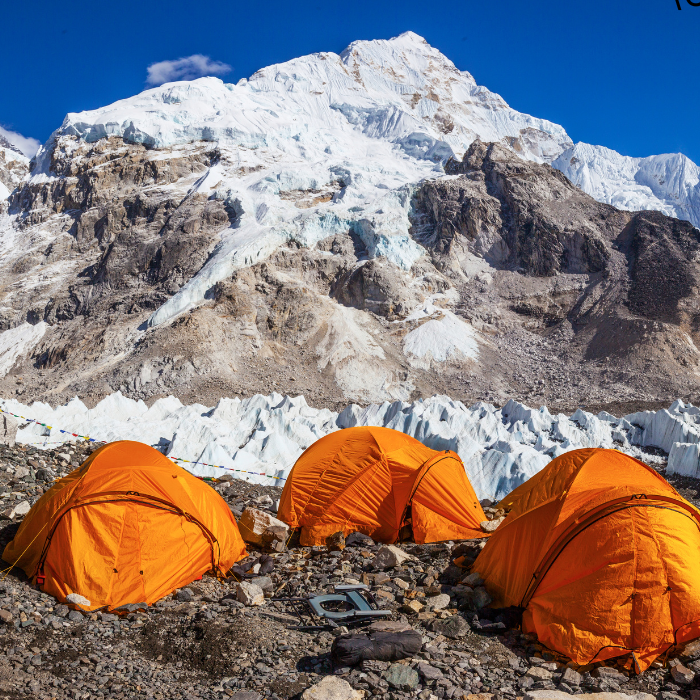
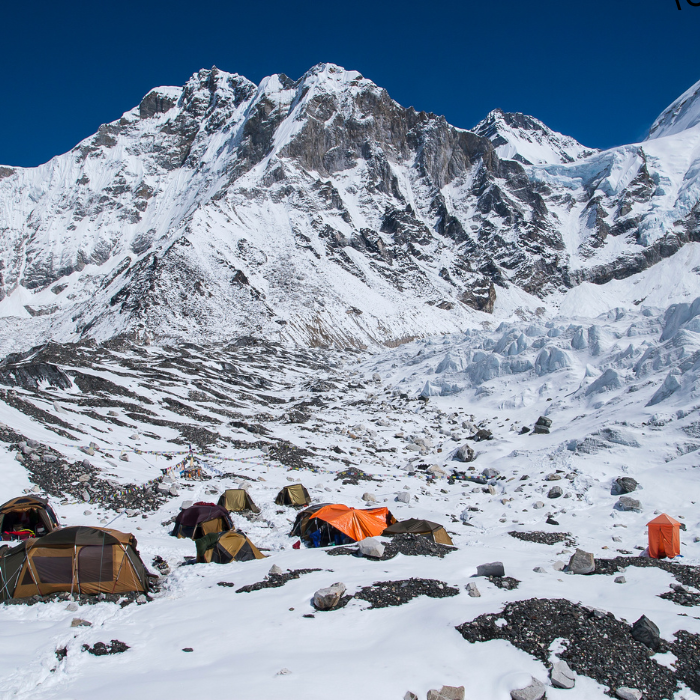
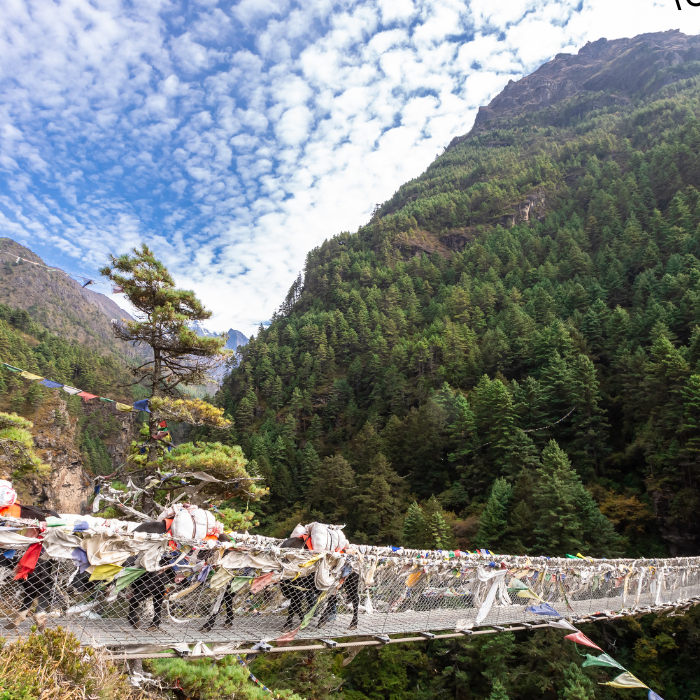
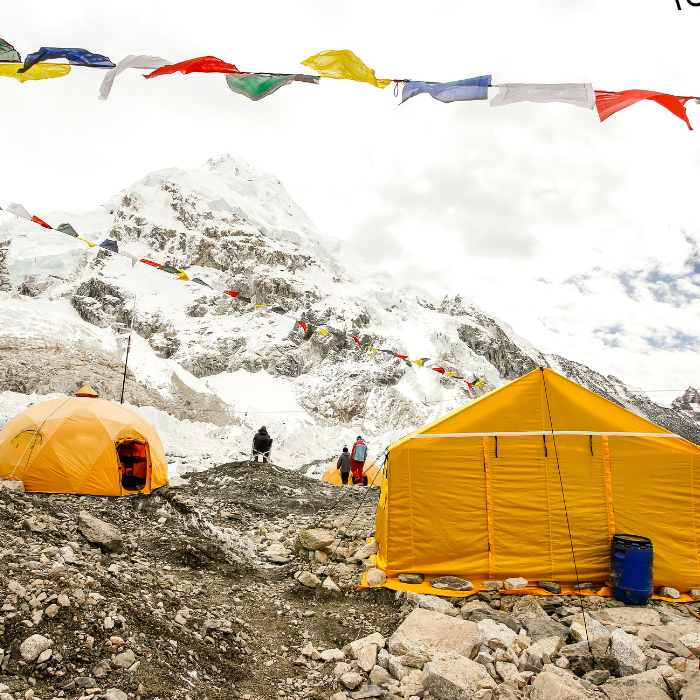
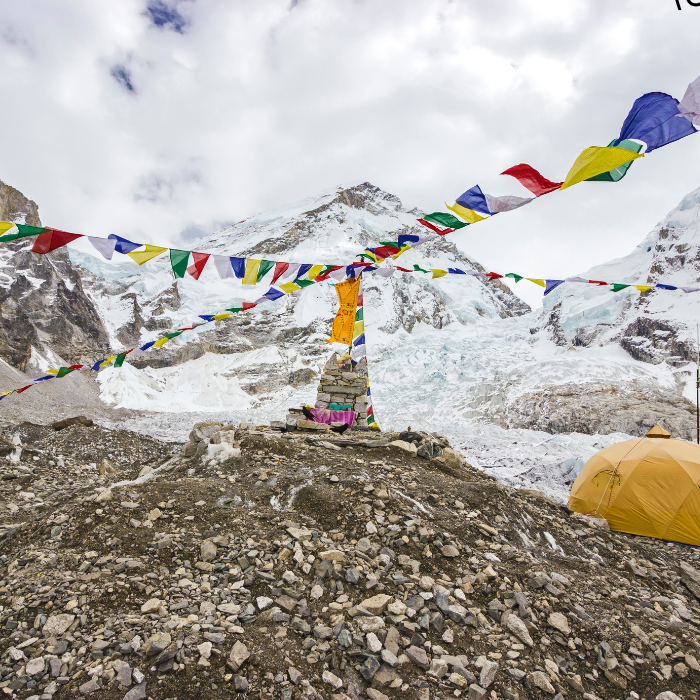
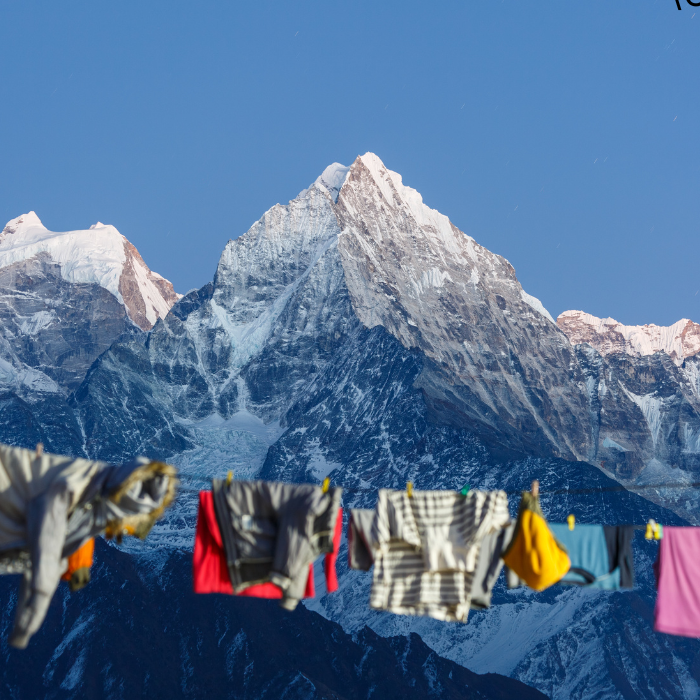


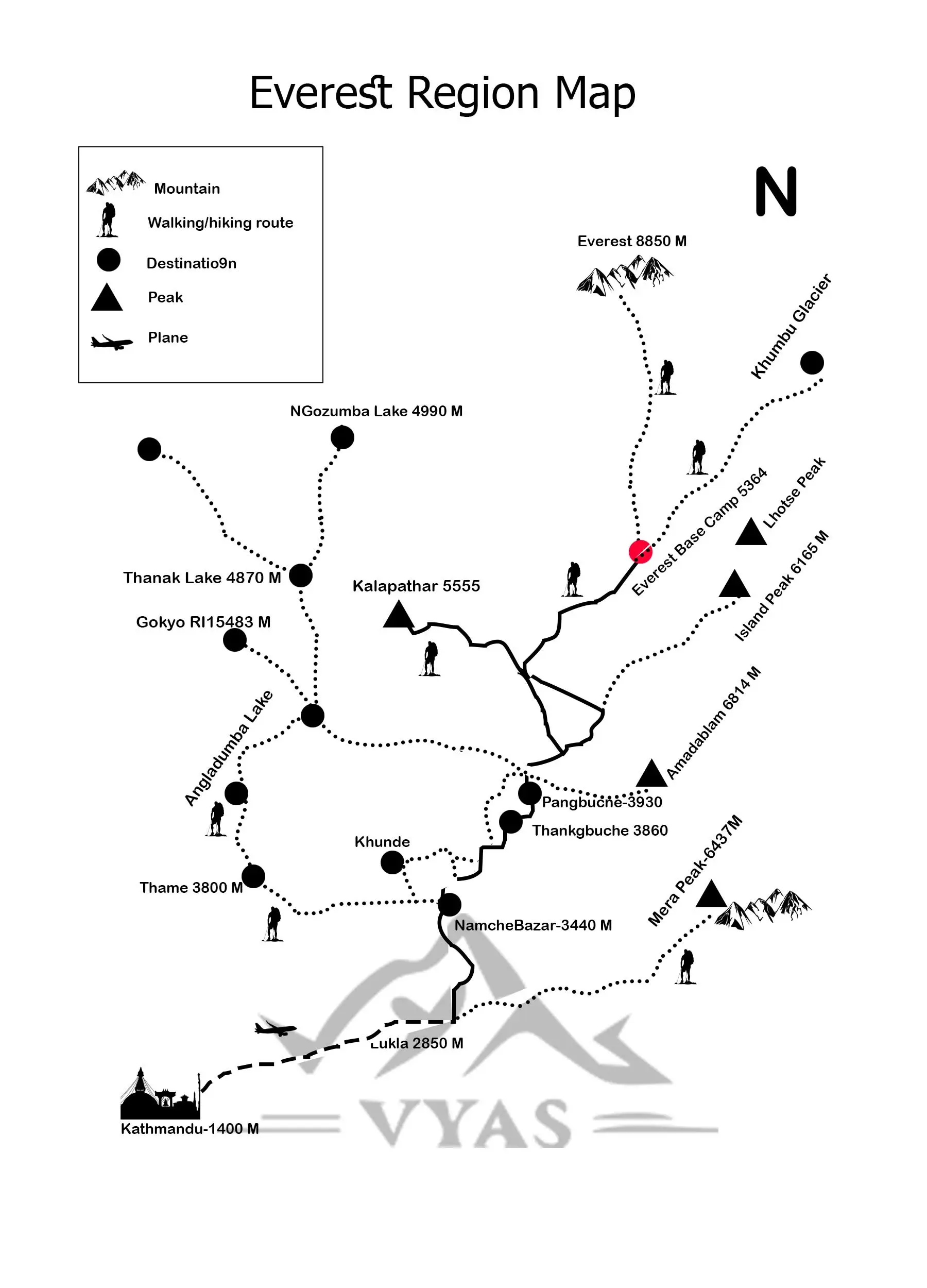






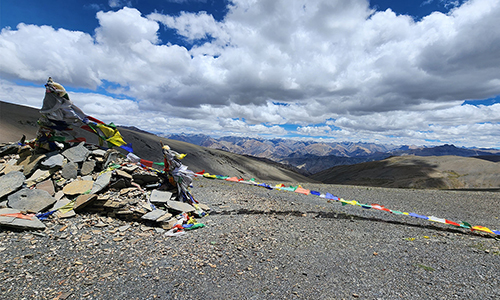

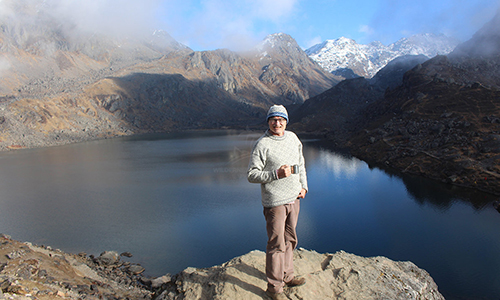


* * * Snag Your Free Gift: http://kvktumakuru.org/index.php?se5vc0 * * * hs=b37f66156df64c3f908a28787dc36a70* ххх*
2025-07-30 09:51:39
npx8s4